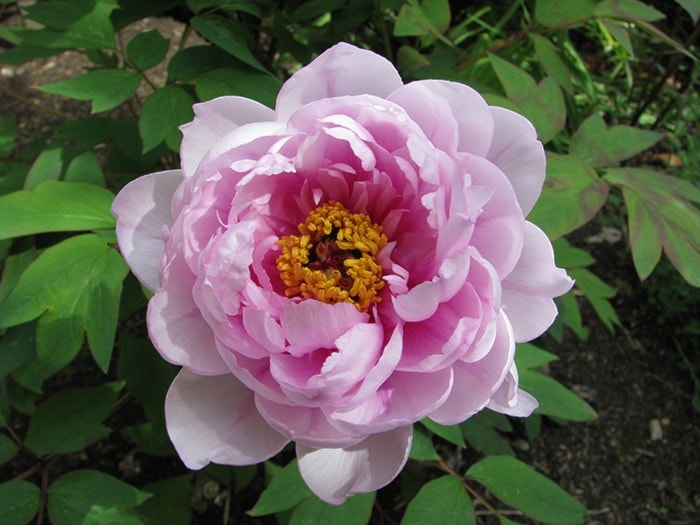A noxious weed or merely a nuisance? Either way they are both invasive.
The term 'invasive' typically refers to non-native and exotic species, both plant and animal, which have an adverse environmental and economical affect on local habitat.
Our provincial government has created two classifications to better distinguish between these problem plants: noxious and nuisance.
'Noxious weeds' refer to introduced species into a region that do not contain the insect predators or pathogens needed to keep them under control. These plant species destroy habitat; their aggressive growth habit overpowers the native species.
Through legislation, our province has a Weed Control Act that puts the onus on landowners to control the designated noxious plant species listed in the regulations. The list includes Canada thistle (Cirsium arvense), gorse (Ulex europaeus) and yellow toadflax (Linaria vulgaris) to name but a few.
Some species are listed as 'noxious' by regional district only, such as purple loosestrife (Lythrum salicaria) in the Comox-Strathcona area. All of the noxious plants on this list are also regulated by the BC Weed Control Act.
'Nuisance' weeds refer to those species that have not made it onto any Weed Act list but are considered a nuisance by their more aggressive behaviour over the native species.
Surprisingly, Scotch broom (Cytissus scoparius) is listed as a nuisance weed, as well as bindweed (Convolvulus arvensis) and horsetail (Equisetum arvense). They would seem to all be more of the noxious variety.
We can thank a British Army officer for first introducing Scotch broom into BC. Captain Walter Colquhoun Grant brought it out from his native Scotland in 1850 to decorate the garden on his 200 acre farm in Sooke on Vancouver Island. In no time at all, it had escaped into the surrounding areas.
Further spreading was helped along by the highway crews as they liberally used Scotch broom as stabilizer plants on the banks of new roadways being built.
It is easy to see how Cytissus scoparius has become the disaster it is today. Now that the horse has bolted from the barn...by provincial law, we are not allowed to buy, sell or propagate any of the species listed in the BC Weed Control Act. This includes Scotch broom.
But not all introduced species are invasive, thankfully. I have a tree peony in my garden that originally came from a Chinese mandarin's garden. Well...truthfully, my plant is a pup from that original plant. The story goes...
A Victoria sealer, Captain Victor Jacobsen, made numerous sealing trips off the Chinese and Japanese coasts between 1880 and 1905. Sometime during the Boxer Rebellion (1898 to 1901), he was contracted by some Chinese mandarins to bring their daughters safely out of danger to Canada. Passage payment for one such daughter was the tree peony.
Originally, the tree peony was planted in Captain Jacobsen's garden at 507 Herald St in Victoria. (The house is still standing.) However, it was later given to another fellow as payment in lieu of money for some restorative work on the 38-foot dugout canoe, 'Tilikum'. (Now on display in the BC Maritime Museum in Victoria.)
There is a little more to the story...an assumption by someone the tree peony had been stolen from the Captain's garden, so it was discreetly returned...only to be "stolen" again. And yet again discreetly returned. When the tree peony was yet again "stolen" back by its new rightful owner, the plant was hidden in an uncle's garden.
Just so happened, this uncle was the father of the man who married my great-aunt. (Love sorting out the family lineage!)
Now, three years after being transplanted from my parents' garden, the tree peony is blooming. The original mother plant from China, now well over 100 years old, still resides in my great-uncle's garden on Fernwood Rd in Victoria.
Leslie Cox co-owns Growing Concern Cottage Garden in Black Creek. Her website is at www.duchessofdirt.ca and her column appears every second Thursday in the Record.
